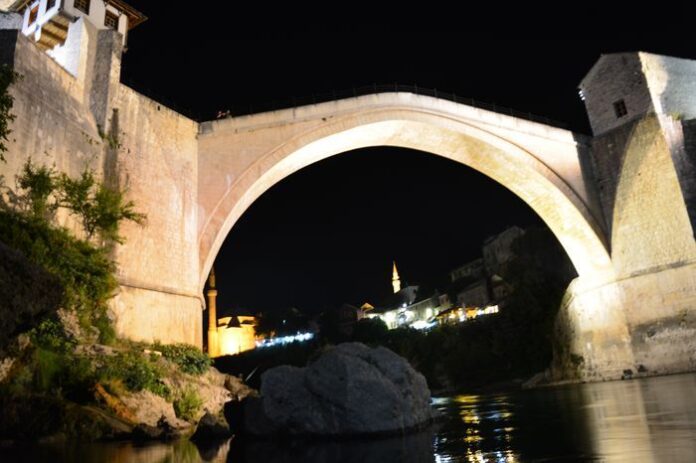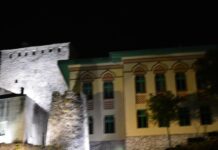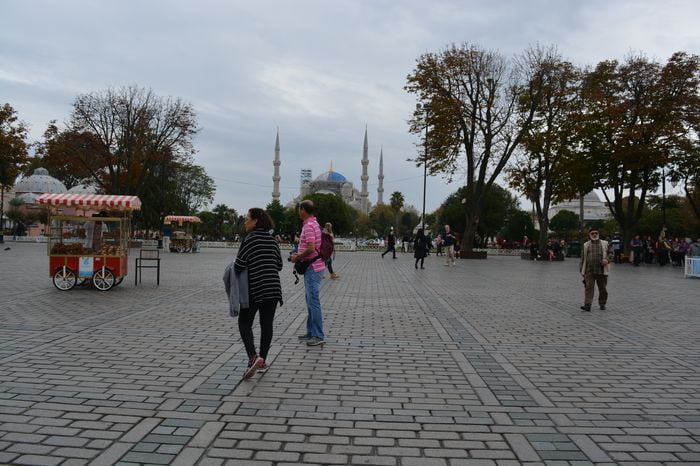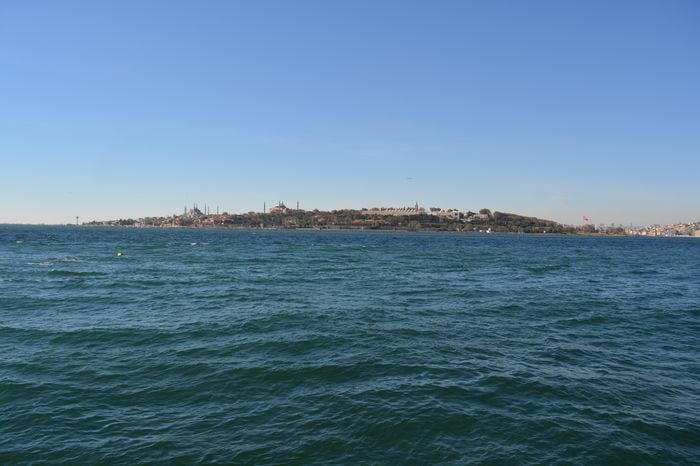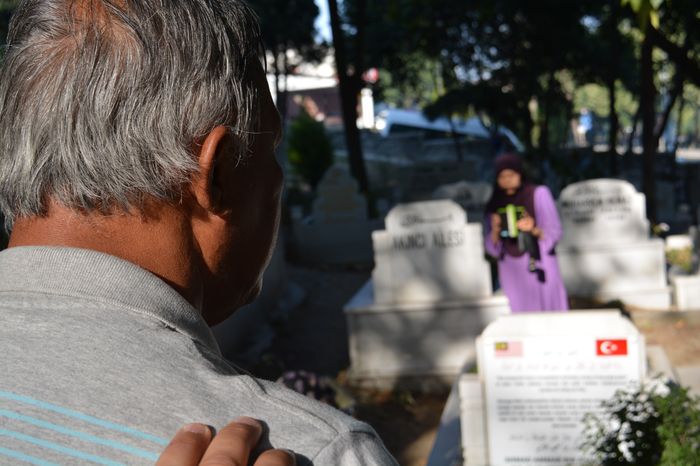The Chirkau Scherif, or Hall of the Holy Garment, is considered the most sacred place in all of Turkey. This special room is located inside the Seraglio in Constantinople (Istanbul). It contains some of the most treasured relics of the Prophet Mohammed, including:
His mantle (a long robe)
His staff
His saber
His green standard (a religious flag)
And even two hairs from his beard, which are kept in a golden casket
The mantle is a long brown robe made from camel’s hair, similar in style to the robes worn by Persian priests. It is carefully protected in a special frame and covered with a cloth of gold. Small slits have been cut into this gold cloth so that visitors can still see the original threads of the robe The History of the Seraglio and the Fate of Sultans.
The Sacred Green Flag of Islam
One of the most meaningful relics is the standard of Islam—a green silk flag, about two feet wide, beautifully embroidered. On the flag is the sacred Islamic declaration of faith:
“There is no God but Allah, and Mohammed is His Prophet.”
This flag is believed to have been carried by the Prophet Mohammed himself. For Muslims, it symbolizes “El Jihad”, the call to a holy war. Whenever this flag is carried publicly by the Sultan, especially inside the St. Sophia Mosque, it is seen as a powerful message of religious unity and strength Private Bulgaria Holidays.
Other Buildings in the Seraglio
There are many other interesting buildings inside the Seraglio. Some are known for their beautiful decorations, such as hand-carved marble and detailed tile work. Others are more plain and gloomy, such as the storehouses used for archives and the wardrobes where ceremonial robes were once kept. These were once managed carefully by black eunuchs, but today many are abandoned or in poor condition.
The Sultan’s Kitchens A Feast for Thousands
One very large part of the Seraglio is the imperial kitchens. These kitchens cover a wide area and are easy to spot because their roofs are shaped like domes. These domes have small holes at the top to let out smoke—instead of chimneys, which were not common at the time.
In ancient days, these kitchens prepared food for thousands of people. Historical records say that around 40,000 oxen were used each year, along with sheep, goats, calves, capons, geese, ducks, and pigeons. This massive supply of food shows just how large and busy the palace once was.
